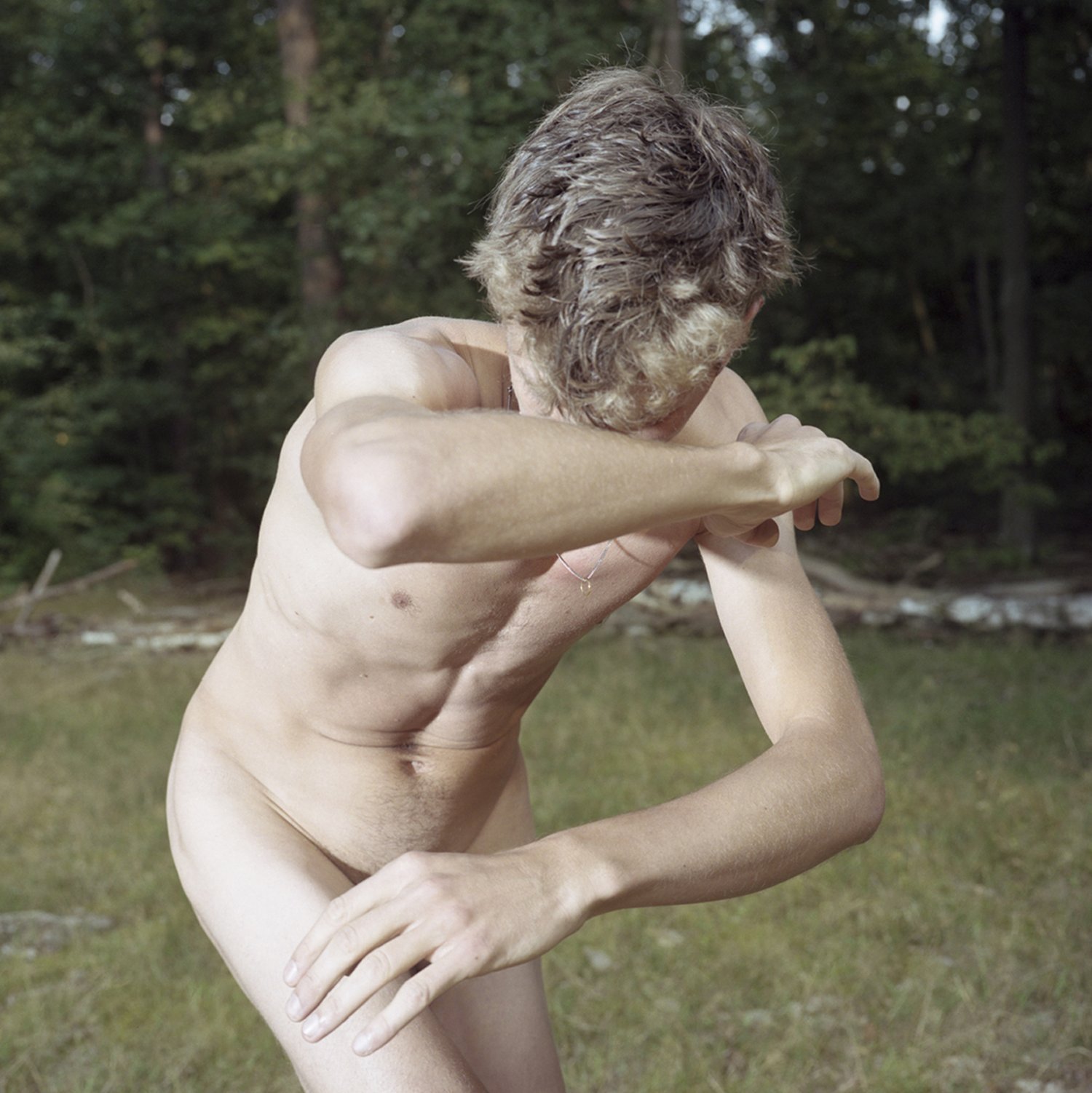
GERARDO VIZMANOS, FIRE AND TEMPTATION
Sometimes life directs us to the idea of putting on. hold the task of being ourselves, turning our mind into a source of fire and temptation, keeping us somewhat where we cannot last for too long…

ALEX PRAGER, SELECT WORKS, 2021-2022
Working simultaneously across film, photography, and sculpture, Prager constructs highly emotional moments that feel like a fabricated memory or dream…
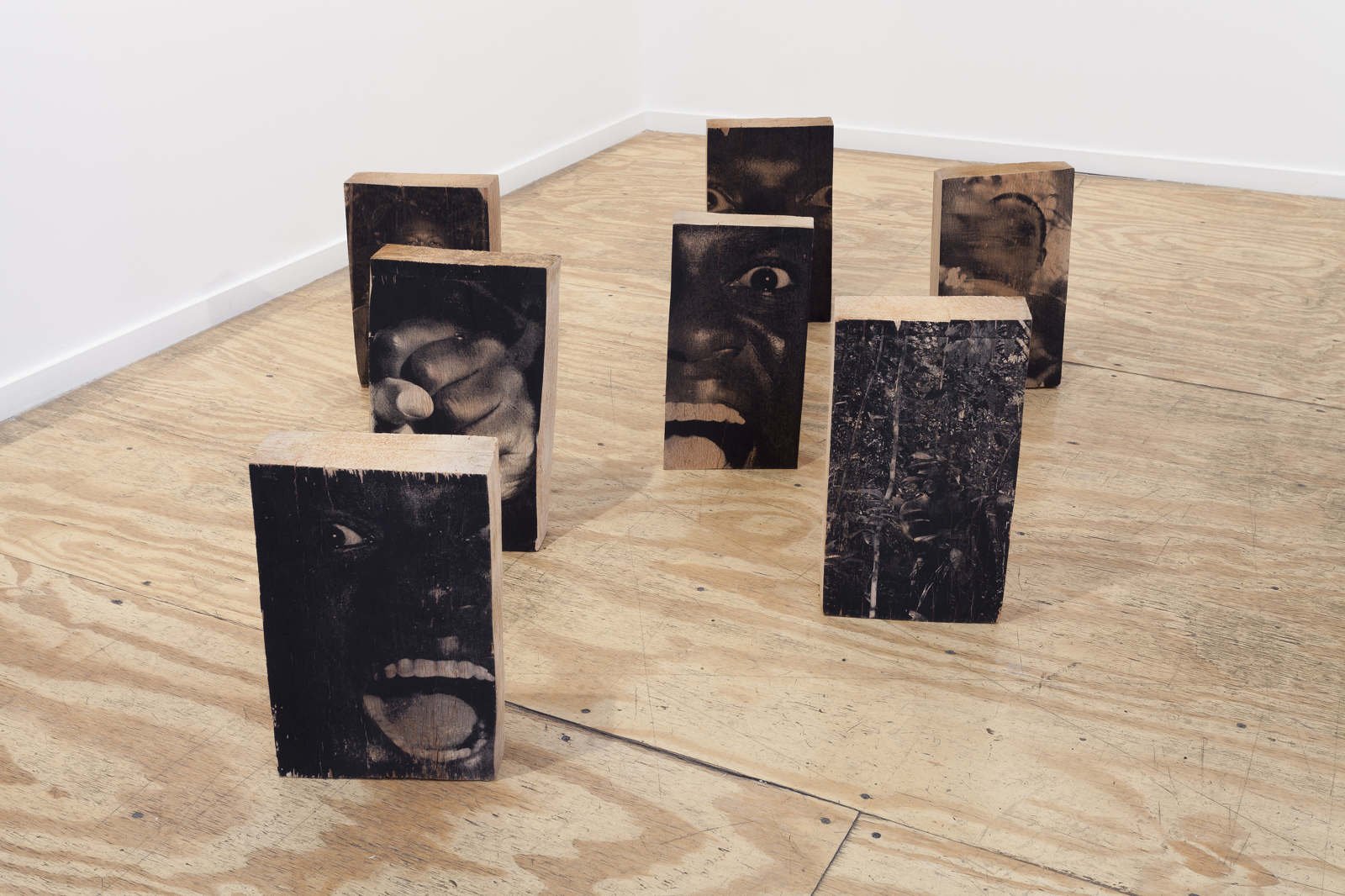
JONATHAS DE ANDRADE, ZUMBI INCARNATED, 2014
An invitation to the Senegalese immigrant Abdou G. P., that recently had arrived in Brazil in 2014, to visit the lands of the Quilombo dos Palmares settlement and incorporate the myth of Zumbi, the legendary slave that resisted and escaped to be one of the leaders of the greatest Quilombo…
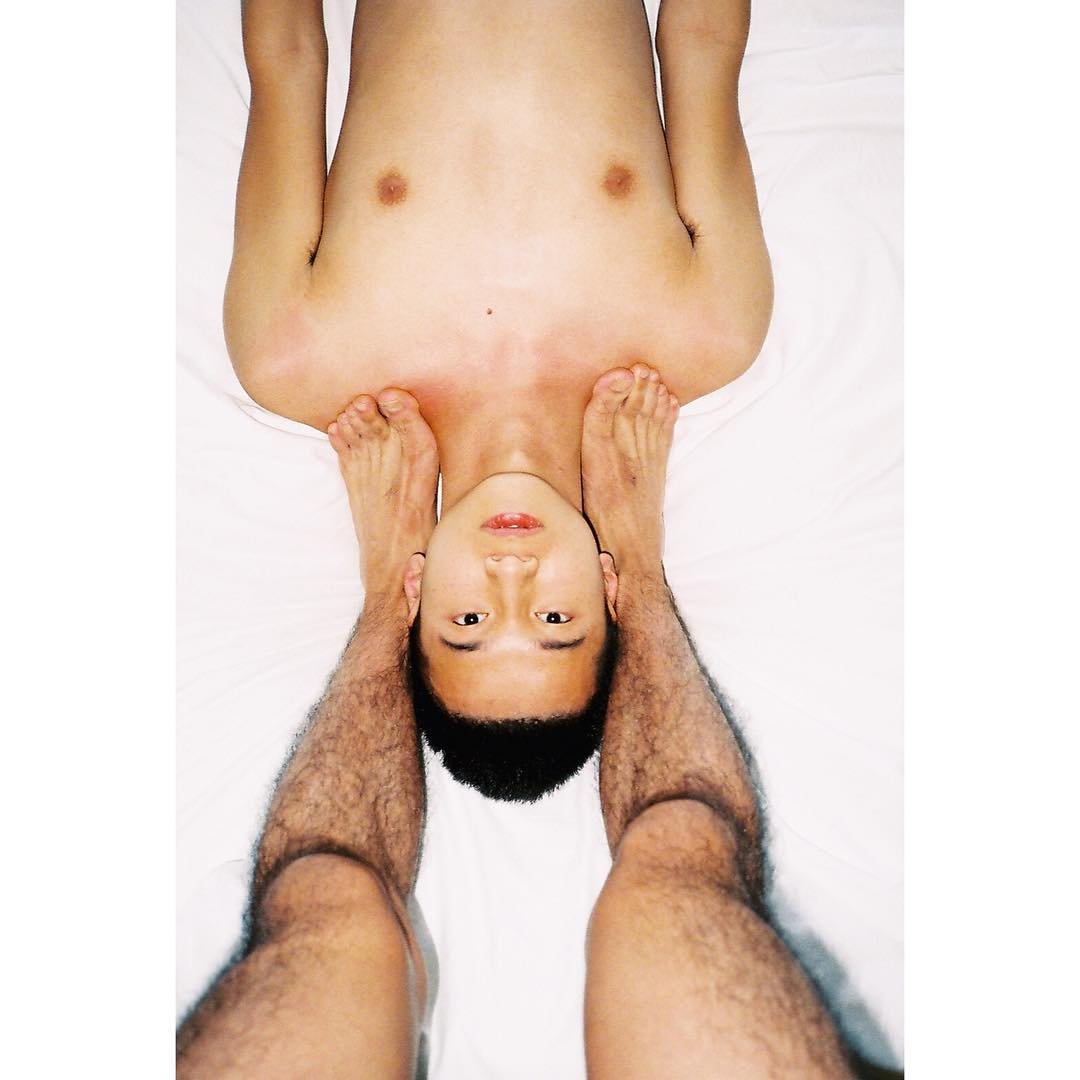
REN HANG, SELECTED WORKS
Ren Hang, who took his life February 23, 2017, was an unlikely rebel. Slight of build, shy by nature, prone to fits of depression, the 29-year-old Beijing photographer was nonetheless at the forefront Chinese artists’ battle for creative freedom…

MONICA BONVICINI, NEVER AGAIN, 2005
Never Again consists of a collection of swings composed from steel pipes, black leather, and chains, suspended from a steel structure…

LATOYA RUBY FRAZIER, THE NOTION OF FAMILY, 2001-2014
The Notion of Family, offers an incisive exploration of the legacy of racism and economic decline in America’s small towns, as embodied by her hometown of Braddock, Pennsylvania…

MARINA ABRAMOVIC AND ULAY, AAA-AAA, 1978
Abramovic and Ulay kneel in front of each other, gazing into each other's eyes. Initially, they produce the same monotonous sound, but gradually a contest develops: who can yell, scream and yowl the loudest and longest…

YOKO ONO, CUT PIECE, 1964
Ono gave her first performance of Cut Piece (1964) in Kyotoin July 1964. She sat motionless on stage in a traditional Japanese feminine position, and invited members of the audience to cut a piece of her clothing away…

THOMAS RUFF, NUDES
The nudes series was created by Ruff downloading photographs from online pornographic thumbnail galleries and enlarging and distorting them to varying degrees. Literally and figuratively blurring the boundaries between pornography, formalist nude photography, and the art historical genre of the nude…

CAROLYN DRAKE, MEN UNTITLED, 2020-2023
Men Untitled by Carolyn Drake, a new series of photographs exploring her relationship to myths of masculinity in American culture…

LYLE ASHTON HARRIS AND RENEE COX, VENUS HOTTENTOT 2000, 1994
Friends and sometimes collaborators Lyle Ashton Harris and Renee Cox became prominent in the 1990s with provocative work which invites controversy, challenging and subverting white patriarchal supremacy…

PAUL PFEIFFER, RACE RIOT, 2001
In Race Riot, Paul Pfeiffer memorializes the 1996 NBA Championship in which the Chicago Bulls win the tournament. The basic image is a clip from the final victory—the moment in which Michael Jordan falls to the floor, back to the camera, hugging the ball as his teammates gather around him...
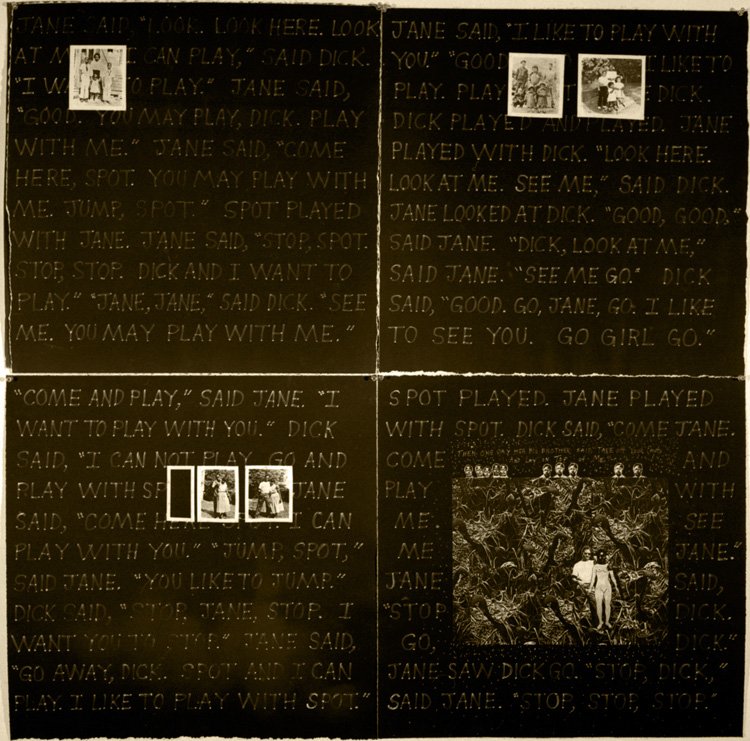
CLARISSA SLIGH, REFRAMING THE PAST
Reframing the Past (1984-1994) could also be titled Re-Reading the Family Album. From 1984 to 1994, Sligh’s work centered on a re-investigation and re-evaluation of her family’s photo album…
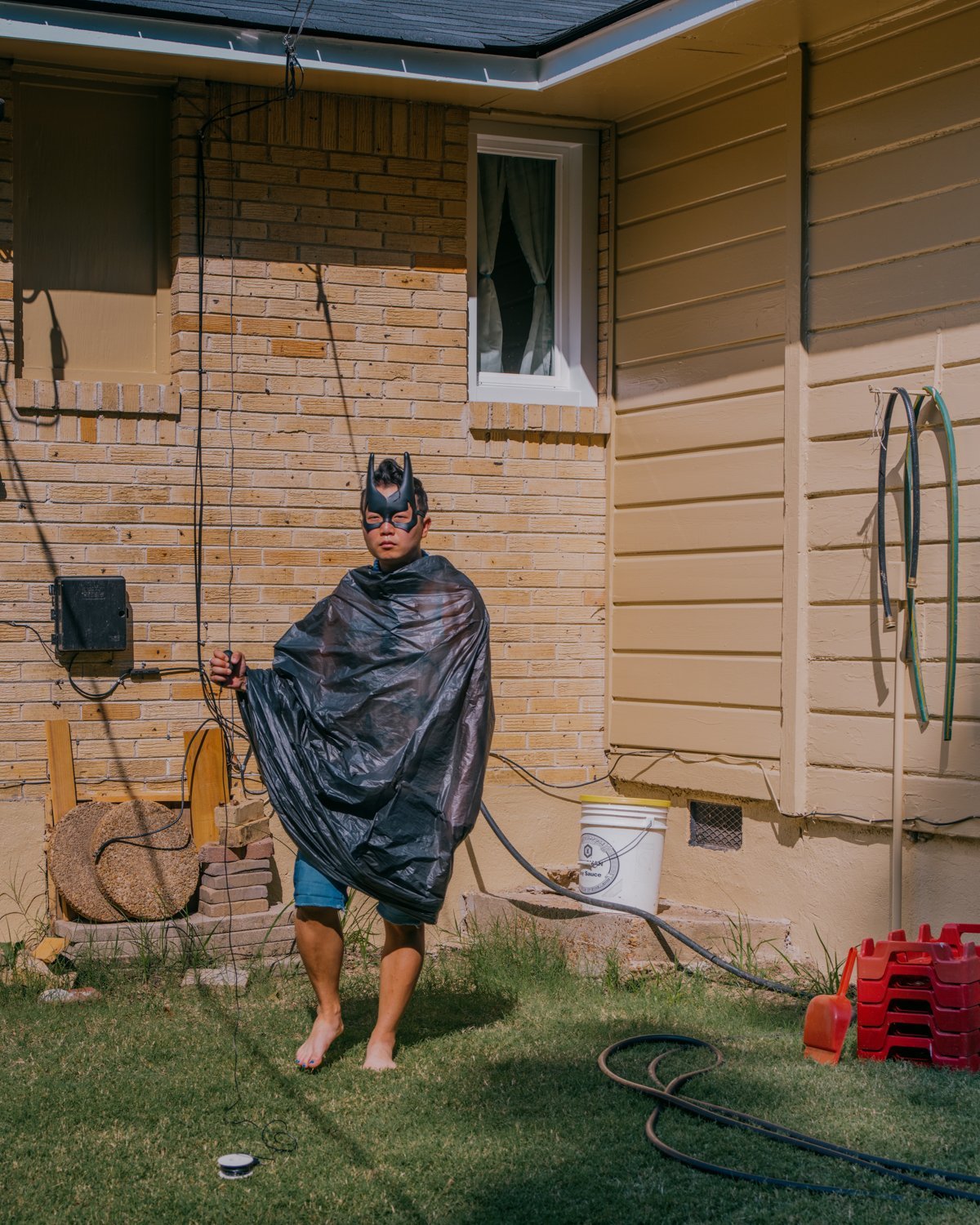
TOMMY KHA, I’M ONLY HERE TO LEAVE, 2015-PRESENT
I’m Only Here to Leave – a phrase taken from a conversation Kha had when he met performance artist and musician Genesis P-Orridge – started out as a series of cardboard cutout images of the photographer’s face and body, which he placed into real-world surroundings…

MARTHA ROSLER, SEMIOTICS OF THE KITCHEN, 1975
In unsmiling deadpan, Martha Rosler parodies the role of the perfect TV housewife and cook. Running through an alphabet of kitchen utensils, she demonstrates each for the camera…
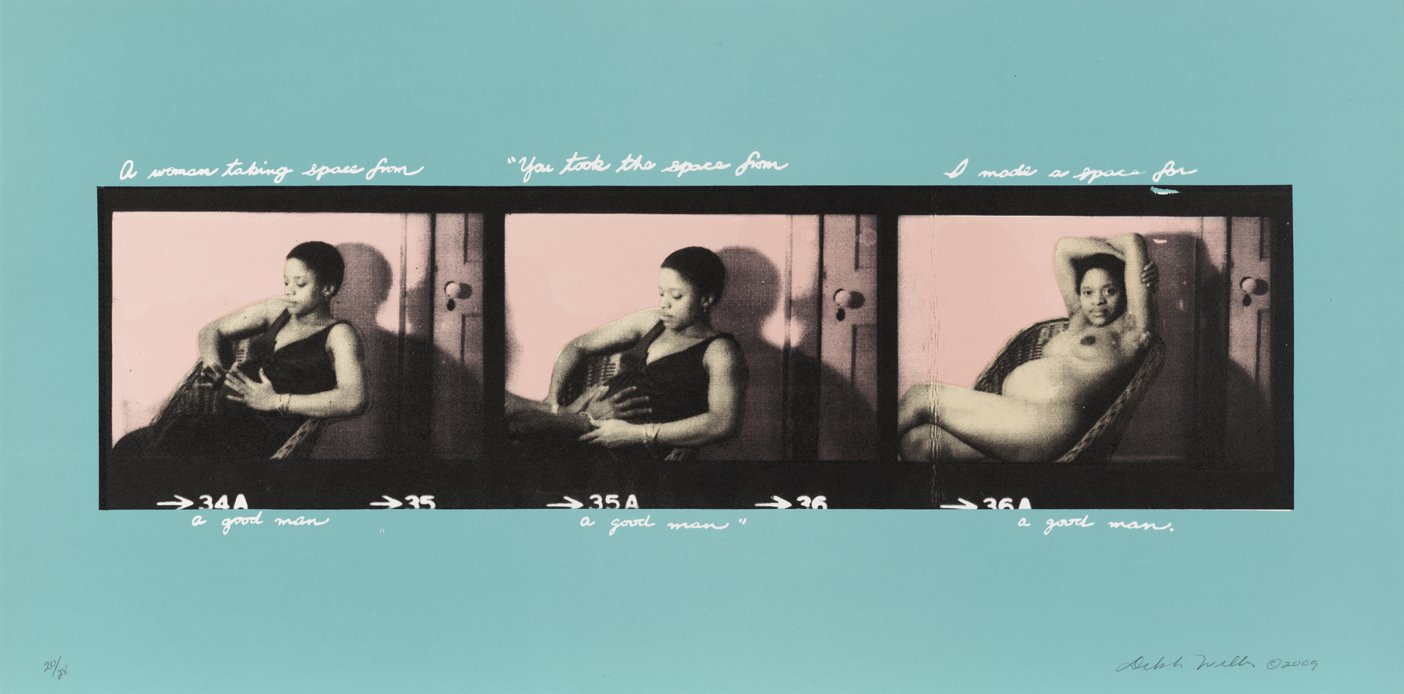
DEBORAH WILLIS, I MADE SPACE FOR A GOOD MAN, 2009
Printed at the Brandywine Workshop and Archives in Philadelphia, this color lithograph features a film photography triptych of Deborah Willis (presumably late 1975 or early 1976). In two of the three self-portraits, Willis sits reclining in a wicker chair wearing a black dress, eyes closed or cast down…
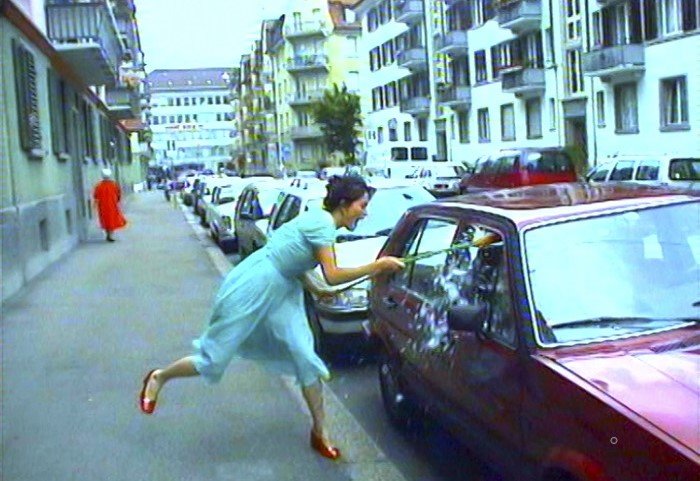
PIPILOTTI RIST, EVER IS OVER ALL, 1997
From her early music-video-style works to her later immersive projection environments, Rist’s unique artistic vocabulary is rooted in popular culture, technology, and historical feminist video art…

PETER HUJAR, LOVE & LUST, 1969-1986
Celebrated and revered by artists, the work of Peter Hujar remains something of a public secret, but his photographs dealing with sex and eroticism, made between the years 1969 and 1986, have come to define a certain era in New York…

AYANA V JACKSON, TAKE ME TO THE WATER
Jackson uses the archival impulse to assess the impact of the colonial gaze on the history of photography and its relationship to ideas about the body. She uses her lens to deconstruct 19th and early 20th-century portraiture as a means for questioning photography’s role in constructing identities…
